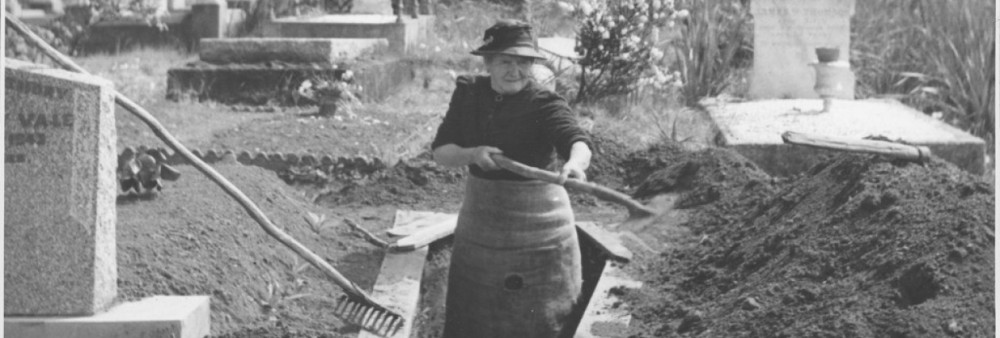Griffith’s Valuation
The entries in the following table have been compiled from the Primary Valuation of Ireland, better known as the Griffith’s Valuation. The valuation is arranged by counties and within counties by Poor Law Union Divisions and within unions by parishes. This extract was made from a copy of the 1858–64 printed edition of the valuations for the Parish of Clonmany, County of Donegal, Union of Inishowen. The copy was obtained at the Public Records Office Northern Ireland, Belfast. (PRONI Reference Number VAL 2B.)
Notes .
- a) The table uses the same nomenclature as the valuation record except for some of the column headings. These are those for Rateable Annual Value land, Rateable Annual Value Buildings, Total Annual Valuation of the Rateable Property, which have been abbreviated. The abbreviations are self-explanatory.
- b) The valuation townland reference to the Ordinance surveys has been omitted from the table.
- c) The measure of land area is the Imperial system of acres, roods and perches.
- d) Each townland has a map reference number.
- e) The meaning of the term ‘Immediate lessors’ is not clear. It would appear that it does not necessarily mean the owner.
- f) The term ‘office’ is said to mean that there are additional buildings on the tenement such as animal shelters, barns, “out houses” etc.
Observations.
The maps that accompany the valuation were not checked however it is reasonable to assume that consecutive map reference number indicate adjoining properties. (For maps see PRONI Reference Number VAL 2A). Therefore, where there is commonality of names in adjoining properties it would be logical to assume a relationship.
This table only contains selected entries. The full valuation for the parish contains over thirteen hundred entries. By far the most common surname in the parish is Doherty.
All the entries for the surnames of Callaghan, McCrevan, McCreevan, McCann, McCool and McCoole have been listed in the table.
There is no listing in the valuation for a townland of ‘Coolcross’.
The records of the 1908/09 applications for Old Age Pensions made by residents of the townland of ‘Coolcross’ have been altered. Coolcross has been crossed out and replaced with the townland of Tullynabratilly. A note in the margin of the application form states ‘cannot find Coolcross’. (For these applications see; PRONI, Belfast. County Donegal, Reference Number T.550. Vol. 37)
The townland of Rasheny had a National School House, garden and play ground and whilst there was a National School house and yard at Carrowreagh, it had no garden. A William Doherty was the occupier and the teacher at the National schoolhouse at Dunaff. The schoolhouse at Gaddyduff is described as a Male and Female National School house and yard.
Gaddyduff was home to the Revenue police barracks and yard whilst the Constabulary Force police barrack, office and yard were at The Cross of Clonmany village. There was a second police barracks, office and yard at Kinnea where the nominated occupier was Neal Doherty.
The Post Office at the Cross of Clomany village was the residence of Francis Little. Anne Lohersy’s tenement in the Clonmany village is described as a Tolls of Fairs.
There was Church and graveyard at Straid where the occupier was a Michael Doherty and the immediate lessors were the Lord Bishop of Derry and Raphoe. Straid also had a dispensary occupied by the Guardians of the Poor of Inishowen Union and leased from Owen Farern.
The village of Clehagh contained the R.C.Church and graveyard.
List of all Townlands mentioned in the Valuation for the Parish of Clonmany.
In order of entry in the Griffith valuation. (Left to right)
| Cloontagh (60) | Ardagh (44) | Ballyliffin (30) |
| Village of Ballyliffin (48) | Tullynabratilly (53) | Rashenny (50) |
| Straths (21) | Magheranual (24) | Fegart (43) |
| Lagacurry (35) | Carrowreach or Craignacally (25) | Carrickabraghy (6) |
| Glashedy Island (1) | Ballymac-Moriarty (17) | Crossconnell (21) |
| Tullagh (69) | Kinnea (52) | Letter (68) |
| Dunaff (101) | Urrismenagh (47) | Lenan (68) |
| Straid (90) | Roosky (42) | Clonmany Glebe (42) |
| Meendoran (22) | Binnion (36) | Annagh (79) |
| Gaddyduff (10) | The Cross of Clonmany (Village) (10) | Gort (1) |
| Adderville (26) | Clehagh (37) | Altahalla (70) |
* The number in brackets after the townland name refers to the number of occupiers listed for that townland.
‘The townland is the smallest administrative division in the country…there are approximately 64,000 townlands in Ireland. Great variations occur in townland sizes…Townland quanity may be regarded as a rough guide to land quality, the bigger townland being usually found in the poorer areas.’ [1. Source: Begley, D.F., Irish Genealogy. A Record Finder. Heraldic Artists. Dublin. 1987.]
tjc dec1999.







Pingback: Terry Callaghan -History & Genealogy | B.A. (Hist), Grad. Dip. Local & Applied History